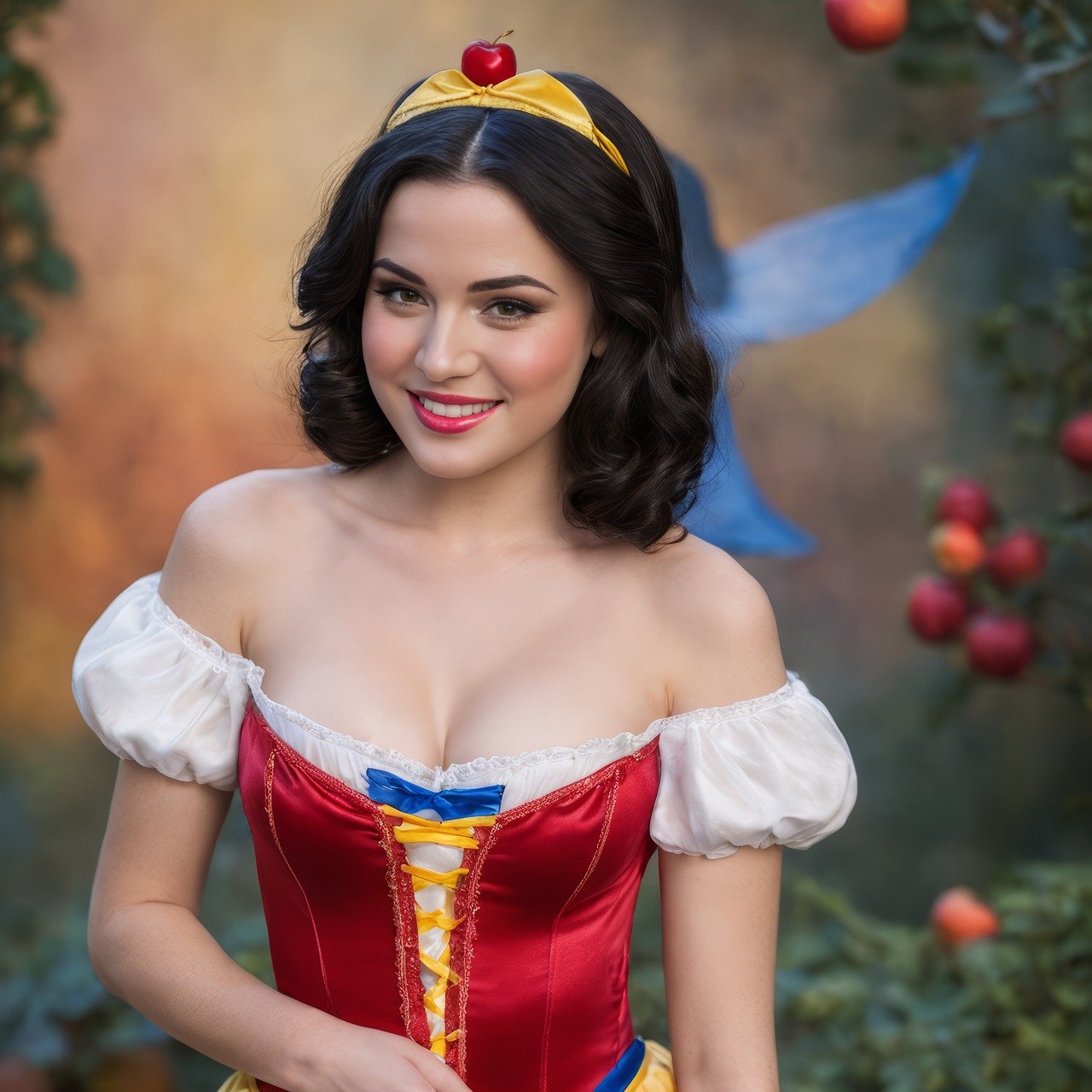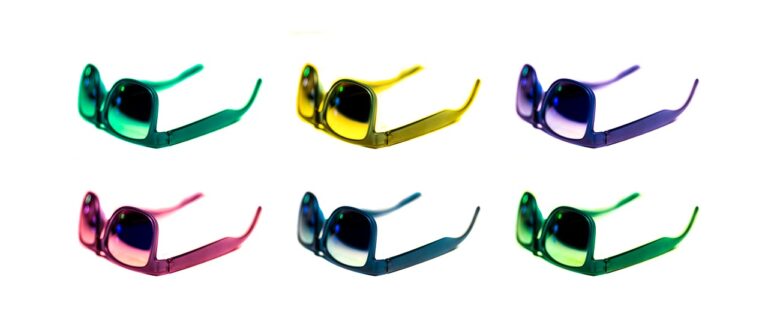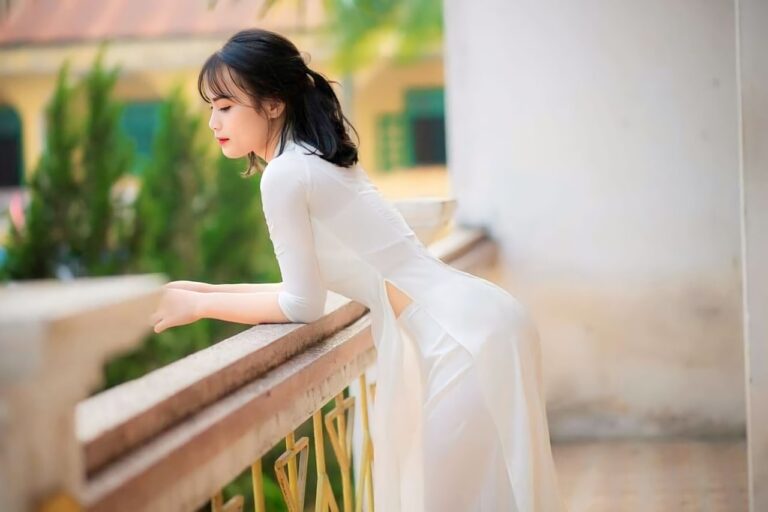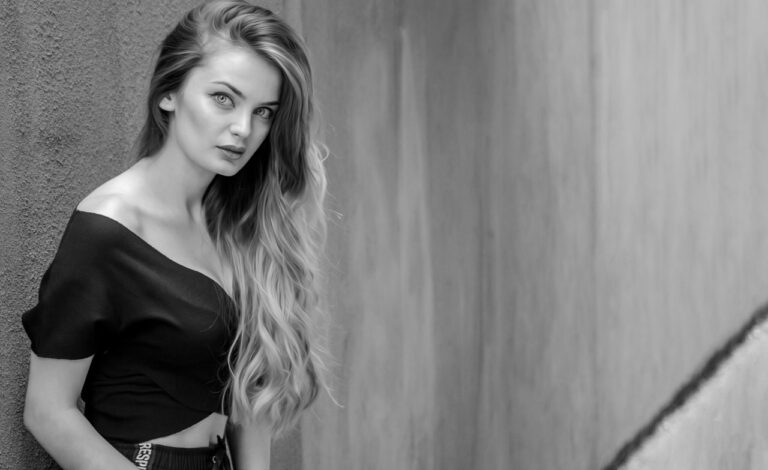Fashion Photography Through the Decades: Evolution of Style in Images
The 1920s marked a significant shift in fashion photography. This era was characterized by a flapper style, which embraced a more liberated and daring look. Fashion photographers captured the spirit of the Roaring Twenties by focusing on innovative designs, shorter hemlines, and a newfound sense of freedom in the way women dressed.
Photographers embraced new technologies, such as the use of artificial lighting and faster film speeds, to capture the dynamic energy of the decade. The emergence of fashion magazines like Vogue and Harper’s Bazaar played a crucial role in disseminating these images to a wider audience, shaping the way people perceived and consumed fashion. The 1920s were a time of experimentation and change in fashion photography, setting the stage for the industry’s evolution in the decades to come.
Fashion Photography in the 1930s: Glamour and Elegance during the Great Depression
During the 1930s, fashion photography took on a new role as an escape from the harsh realities of the Great Depression. In contrast to the economic struggles of the time, fashion images embraced glamour and elegance, transporting viewers to a world of sophistication and luxury. The photographs of the era showcased opulent fabrics, intricate designs, and lavish accessories, offering a sense of fantasy and allure to the viewers. The emphasis on beauty and refinement in fashion photography during the 1930s provided a welcome distraction from the hardships faced by many during the tumultuous period.
Photographers of the 1930s infused their work with an air of romance and sophistication, capturing the essence of luxury and grace in their images. Through careful lighting, composition, and styling, they created visuals that exuded glamour and elegance, often set against lavish backgrounds that added to the allure of the garments. Fashion photography in the 1930s became a form of escapism, allowing viewers to immerse themselves in a world of beauty and extravagance, even if just for a fleeting moment. The images produced during this period not only showcased the latest trends in fashion but also provided a source of inspiration and aspiration for those seeking a reprieve from the challenges of the Great Depression.
Fashion Photography in the 1940s: War-time Fashion and Utility
Photography during the 1940s shifted its focus to reflect the societal changes brought about by World War II. The fashion industry faced restrictions due to rationing of materials, leading to a more practical and utilitarian approach. Many designers and photographers responded to the war effort by creating garments that prioritized functionality over extravagance.
In response to the scarcity of resources, fashion photography in the 1940s portrayed women in looks that emphasized simplicity and efficiency. Hemlines were shortened, and silhouettes became more streamlined to conserve fabric. Additionally, innovations such as the “make do and mend” mentality encouraged the repurposing and recycling of clothing, influencing the way fashion was presented in photography during this era.
• Fashion photography in the 1940s reflected societal changes brought about by World War II
• Restrictions due to rationing of materials led to a more practical and utilitarian approach
• Designers and photographers prioritized functionality over extravagance in their creations
• Women were portrayed in looks that emphasized simplicity and efficiency
• Hemlines were shortened, and silhouettes became more streamlined to conserve fabric
• “Make do and mend” mentality encouraged repurposing and recycling of clothing, influencing fashion presentation
What was the predominant style in fashion photography during the 1940s?
The predominant style in fashion photography during the 1940s was focused on war-time fashion and utility due to the ongoing World War II.
How did the war-time conditions influence fashion photography in the 1940s?
The war-time conditions influenced fashion photography in the 1940s by emphasizing practicality, simplicity, and functionality in clothing designs.
Were there any notable fashion photographers during the 1940s?
Yes, there were notable fashion photographers during the 1940s such as Louise Dahl-Wolfe, Horst P. Horst, and Cecil Beaton who captured the essence of war-time fashion in their work.
What were some key characteristics of fashion photography in the 1940s?
Some key characteristics of fashion photography in the 1940s were muted colors, simple silhouettes, and a focus on showcasing clothing that was both fashionable and practical for the war-time era.
How did fashion photography evolve in the 1940s compared to previous decades?
Fashion photography in the 1940s evolved to reflect the somber mood of the war-time period, moving away from the glamour and extravagance of the 1930s and focusing more on functionality and utility in clothing designs.







